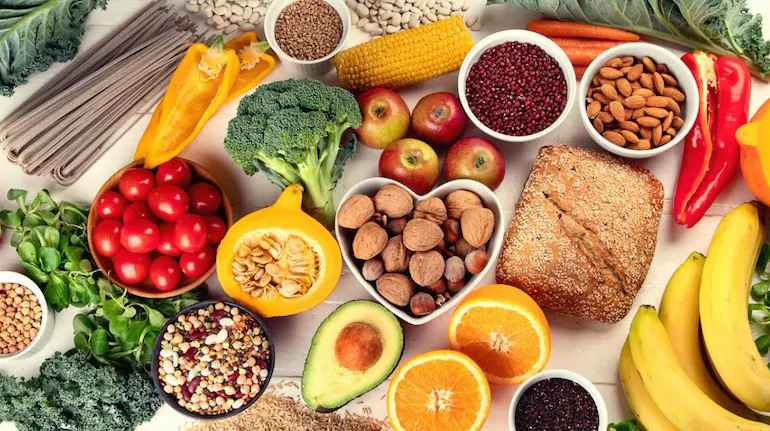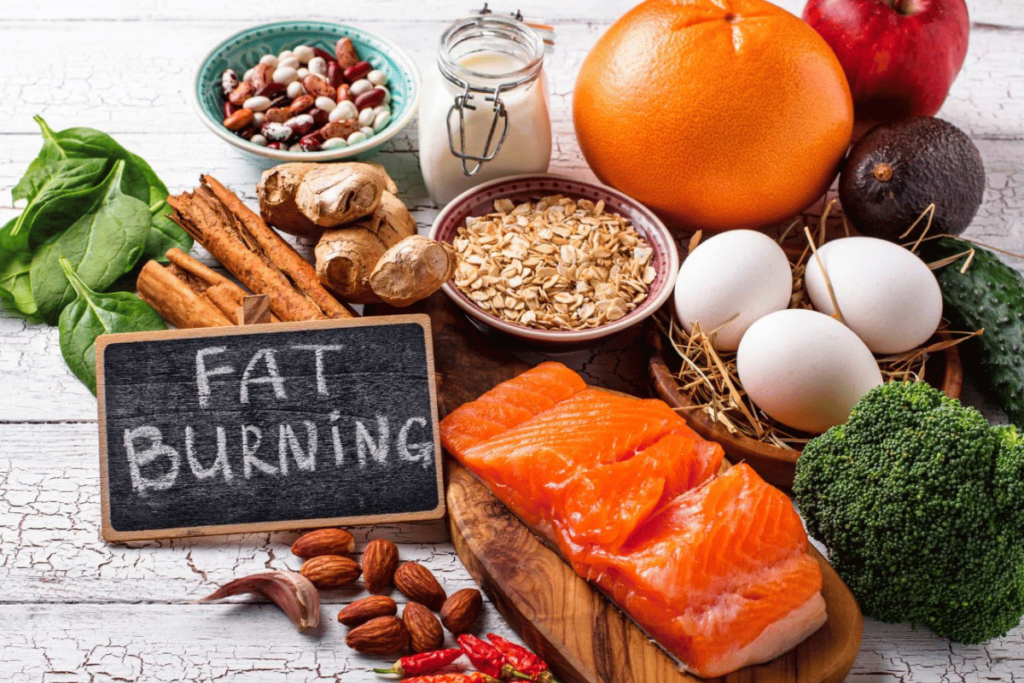Introduction
Over the past two decades, the low-carb diet has become one of the most popular approaches to weight loss and health improvement. From Atkins in the early 2000s to the rise of keto today, people across the world have turned to carbohydrate restriction as a way to shed pounds, improve energy, and control blood sugar.
But what exactly is a low-carb diet? Why does it work for some but not for others? And is it really sustainable long term?
In this guide, we’ll cover:
- What a low-carb diet is and how it works
- The science behind weight loss on low-carb diets
- Different types of low-carb approaches
- Benefits and potential risks
- Foods to eat and avoid
- Practical tips for success
- Whether a low-carb diet is right for you
By the end, you’ll have all the knowledge you need to make an informed decision.
What is a Low-Carb Diet?
A low-carb diet limits carbohydrates—found in foods like bread, pasta, rice, beans, starchy vegetables, and sugary foods—and emphasizes protein, healthy fats, and non-starchy vegetables.
While there’s no strict definition, most low-carb diets fall in these ranges:
- Moderate low-carb: 100–150 g carbs/day
- Low-carb: 50–100 g carbs/day
- Very low-carb / ketogenic: under 50 g carbs/day
The idea is to reduce insulin spikes, stabilize blood sugar, and encourage the body to use fat for fuel.

How Does a Low-Carb Diet Promote Weight Loss?
- Reduced Insulin Levels
Carbs raise blood sugar, which triggers insulin. High insulin promotes fat storage. Cutting carbs lowers insulin, helping the body release stored fat. - Increased Satiety
Protein and fat keep you full longer than carbs, reducing appetite naturally. - Fewer Calories Without Trying
Studies show people often eat fewer calories spontaneously on low-carb diets because they feel fuller. - Water Weight Loss
Carb restriction reduces glycogen stores, which hold water. This is why people often lose several pounds in the first week. - Enhanced Fat Burning
With fewer carbs, the body shifts toward using fat (and ketones) as its primary fuel source.
Types of Low-Carb Diets
1. Standard Low-Carb Diet
Typically 50–150 g carbs per day, focusing on lean protein, vegetables, and healthy fats.
2. Ketogenic Diet (Keto)
Very low-carb (20–50 g/day), high fat (70–75% of calories), moderate protein. Forces the body into ketosis.
3. Atkins Diet
One of the first popular low-carb diets, with phases gradually reintroducing carbs.
4. Paleo Diet
Focuses on whole foods, cuts grains, legumes, and processed foods. Naturally lower in carbs.
5. Cyclical or Targeted Low-Carb Diets
Athletes sometimes cycle carbs around workouts for energy.
Benefits of a Low-Carb Diet
1. Weight Loss
Numerous studies confirm that low-carb diets can be more effective than low-fat diets, especially in the short term.
2. Better Blood Sugar Control
Reduces spikes and crashes, making it beneficial for people with type 2 diabetes or insulin resistance.
3. Improved Heart Health Markers
Can lower triglycerides, increase HDL (good cholesterol), and reduce blood pressure.
4. Reduced Cravings
Stable blood sugar helps control hunger and sugar cravings.
5. Mental Clarity
Some report improved focus and stable energy levels once adapted.
Risks and Challenges of a Low-Carb Diet
- Nutrient Deficiency
Cutting carbs may reduce intake of fiber, vitamins, and minerals if not planned carefully. - Digestive Issues
Low fiber can cause constipation. Solution: include non-starchy vegetables, chia seeds, flax, and leafy greens. - Keto Flu
When reducing carbs drastically, some experience fatigue, headaches, or irritability as the body adapts. - Sustainability
Many find strict carb restriction difficult to maintain long term. - Potential Increase in LDL Cholesterol
Some people experience higher LDL (“bad”) cholesterol on very high-fat versions.
Foods to Eat on a Low-Carb Diet
- Proteins: chicken, beef, fish, eggs, tofu
- Vegetables: leafy greens, broccoli, cauliflower, zucchini, mushrooms
- Healthy fats: olive oil, avocado, nuts, seeds, coconut oil
- Dairy: cheese, Greek yogurt (unsweetened), butter
- Berries: strawberries, blueberries, raspberries (in moderation)
Foods to Avoid
- Refined carbs: white bread, pasta, pastries
- Sugary drinks: soda, fruit juice, sports drinks
- Processed foods: chips, cookies, candy
- High-starch veggies: potatoes, corn, peas
- Grains & legumes: rice, beans, oats (unless following a moderate low-carb approach)
Tips for Success on a Low-Carb Diet
- Start Gradually
Don’t cut carbs overnight. Gradual reduction helps avoid withdrawal symptoms. - Prioritize Whole Foods
Base meals on vegetables, lean protein, and healthy fats. - Stay Hydrated & Add Electrolytes
Low-carb diets cause water and sodium loss. Drink water and add salt if needed. - Plan Meals Ahead
Meal prep prevents resorting to carb-heavy convenience foods. - Balance Macronutrients
Don’t just eat bacon and butter—include nutrient-dense fats, proteins, and low-carb veggies. - Listen to Your Body
If energy dips too low, adjust carb intake. Everyone’s tolerance is different.

Who Should Try a Low-Carb Diet?
✅ People looking to lose weight
✅ Those with insulin resistance or type 2 diabetes
✅ People who struggle with sugar cravings
✅ Anyone who prefers savory, protein-rich meals
❌ Not ideal for:
- Athletes requiring high-carb fuel
- Pregnant or breastfeeding women
- People with kidney disease (unless medically supervised)
FAQs
Will a low-carb diet put me in ketosis?
Only if carbs are kept very low (20–50 g/day). Moderate low-carb diets may not.
Can I build muscle on a low-carb diet?
Yes, but carbs can improve workout performance. Some athletes prefer targeted carb intake around training.
How much weight will I lose?
Varies. Many lose 1–2 lbs per week after the initial water drop.
Is low-carb better than low-fat?
Both can work. The best diet is the one you can sustain long-term.
Conclusion
A low-carb diet can be a powerful tool for weight loss, blood sugar control, and improved health markers. However, it’s not a one-size-fits-all solution. While some thrive on it, others find it restrictive or unsustainable.
The key is balance: prioritize whole foods, include vegetables, stay hydrated, and choose the carb level that fits your body and lifestyle. Remember—long-term success depends on sustainability, not strict rules.

